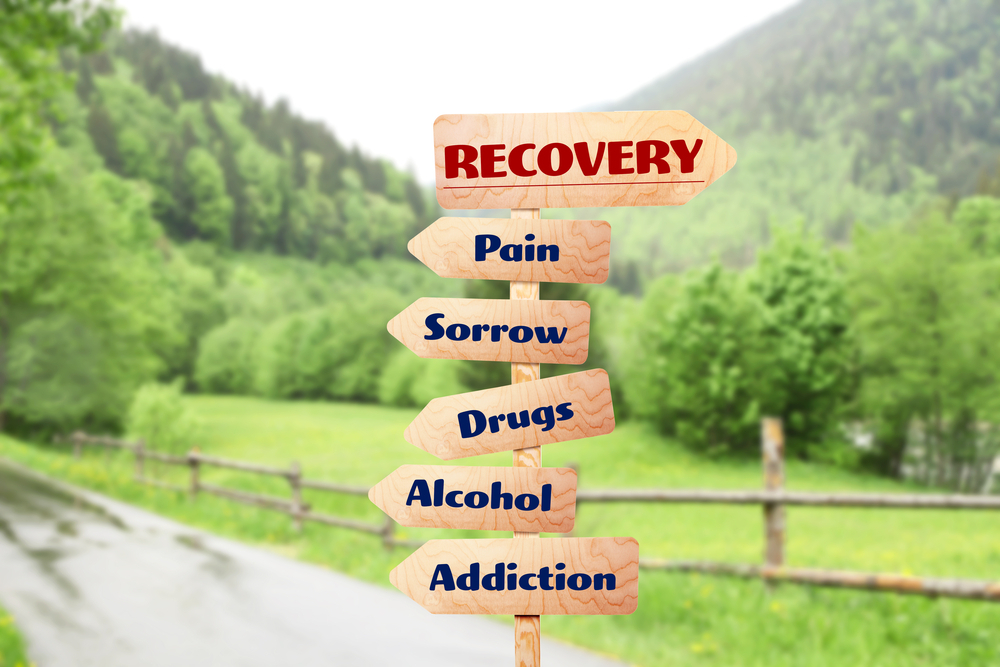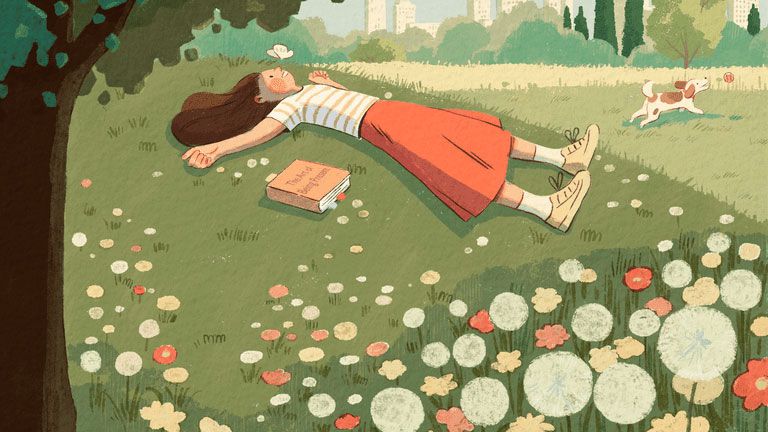Addiction and Substance Abuse: Understanding and intercepting them.
By: Vidya Raj
Feature Articles, Health & Welfare, Psychology, Social & Youth development,

It takes a moment’s decision to stray down the dark path, but years’ worth of effort to get back up. Dealing with addiction and substance abuse is a struggle that millions of people in the world face every year.
Understanding addiction and substance abuse?
Alcohol, tobacco, heroin, cocaine, opioids can all be termed as substances, some legal and others illegal. The difference between the definitions of addiction and substance abuse is very vague. Binge-drinking, chain-smoking or using non-prescribed drugs over a long period of time is substance abuse. It then leads to addiction or substance abuse disorder. But occasionally drinking or smoking in controlled amounts is not considered an addiction.
Addiction can be towards any number of things, places or substances. It simply means growing dependent on something, be it a drug, a specific food, social media or even blackboard chalks. One of the symptoms of substance abuse disorder is believing that life will not move on unless they consume it every single day.
When an occasional drinker consumes an endless amount of alcohol every day, the enjoyment transforms into a necessity that needs to be fulfilled. No alternatives can substitute for the feeling of a cigarette in their hands. Mocktails instead of cocktails or mugworts instead of marijuana will not cut it for an addict.
A Dive Into the World of Addiction
There can be multiple reasons as to why someone starts using drugs. Some people start due to peer pressure, some for the thrill, and others for coping with unpleasant emotions. However, the main reason stems from society itself. A pubescent mind assumes that consuming alcohol or doing drugs will help them get into the “cooler group” everywhere. Inadvertently, a deep sense of insecurity of not being enough develops in them.
The premortal cortex part of the brain develops during adolescence. This part of the brain involved in decision-making, responds well to dopamine – a neurotransmitter often known as the “happy hormone”. Using drugs like nicotine, opioids, and other stimulants releases a high amount of dopamine in the human body. Hence, involuntarily training a brain to become dependent on drugs for dopamine production from a young age, points towards a perilous future. But familial, social and academic pressures like neglect, parental abuse, competitiveness and bullying at school makes teenagers more prone to addiction and substance use.

Severity of Addiction and Substance Abuse
Research shows that the misconception of addiction being dangerous than substance abuse is false. The numbers indicate that the harm a substance abuser brings upon themselves is far greater than an addict.
Addiction and substance abuse can affect various aspects of a person’s life – first and foremost being health. Starting from the damage of organs to mental instability, substance abuse changes the user’s appearance totally. Another aspect that takes a blow on the user’s life is their social life. Continuous substance abuse changes their way of thinking and their behaviour while interacting with the outside world. It affects their memory, decision-making and judgement abilities.
Apart from that, the risk a substance abuser hauls with them extends to people around them as well. For example, indulging in hazardous activities like driving with someone under the influence, or resorting to violence during small confrontations. An addict undergoes withdrawal symptoms if they go by a day without drugs.
Diagnosing
The first step is the realization that one needs help, either by oneself or with the help of family and friends. Understanding the situation and then actively seeking help is the only way to treat addiction and substance abuse. The second stage includes a check-up with a healthcare professional and undergoing a bunch of lab tests to assess overall health. Along with that, a psychologist or psychiatrist needs to evaluate the behavioural changes for later use.
Treating Addiction and Substance Abuse
Unfortunately, there are no permanent treatments for addiction, or at least not a standard procedure to go about it. Everything depends on the person’s mental stability, willpower and determination. A treatment plan also differs from person to person. It is important that the treatment plan addresses and tends to each person’s issues properly.
Natural recovery is the least successful way of treatment. Since the withdrawal symptoms of an addictive substance are dangerous, professionals do not advise this method. But for a person who is in the initial stages of substance abuse (like someone who smoked marijuana a few times), this method can be fruitful.

The most common and effective method is a rehabilitation centre. Daily therapy sessions include the introduction of new coping techniques. Being a part of small discussion groups with other patients helps in fighting isolation and controlling anxiety. This helps in opening up about the struggles by relating to others’ situations. Medication plays an important part in treating addiction and substance abuse, as well as reining in the withdrawal symptoms. Subsequently, professionals also make use of other drugs to treat hidden root problems like depression, anxiety or trauma.
Conclusion
Everyone gets introduced to the world of substance use at some point in their life. But the decision to enter or walk away from that world relies entirely upon that individual. The majority of people who promise themselves to just take a peek from the threshold usually end up drifting in that world forever. That tiny step towards substance use turns into substance abuse, then ultimately into addiction and ruin.
Addiction and substance abuse is basically a type of brain disease. Relying on drugs to function deters the brain from developing its decision-making abilities. Though there is a blurry line between substance abuse and substance abuse disorder, it takes but a short period before the line disappears.

Although there are plenty of treatment options and rehab centres to choose from, the best way to a healthy life is to stay away from substance use. Do not get into that world just to feel that euphoric feeling; there are other ways to be happy. Read a book, take a walk outside, adopt a pet, go for therapy and seek help from the right place. There are already enough struggles in life.
At least, addiction and substance abuse will be one less thing to worry about.
References
McLellan A. T. (2017). Substance Misuse and Substance use Disorders: Why do they Matter in Healthcare?. Transactions of the American Clinical and Climatological Association, 128, 112–130.
Whitesell, M., Bachand, A., Peel, J., & Brown, M. (2013). Familial, social, and individual factors contributing to risk for adolescent substance use. Journal of Addiction, 2013, 579310. https://doi.org/10.1155/2013/579310
“Drug Addiction”. (n.d.). Cleaveland Clinic.
Renton, Catherine. “What Is Addiction?”. Verywell Health. 12 March 2021.
Watkins, Meredith. “Alcohol and Drug Addiction Rehabilitation Process”. American Addiction Centers. 14 December 2021.
Tags: Addiction, Drugs, Rehabilitation, Substance Abuse, Substance Abuse Disorder, substance use, Therapy, Treatment,









